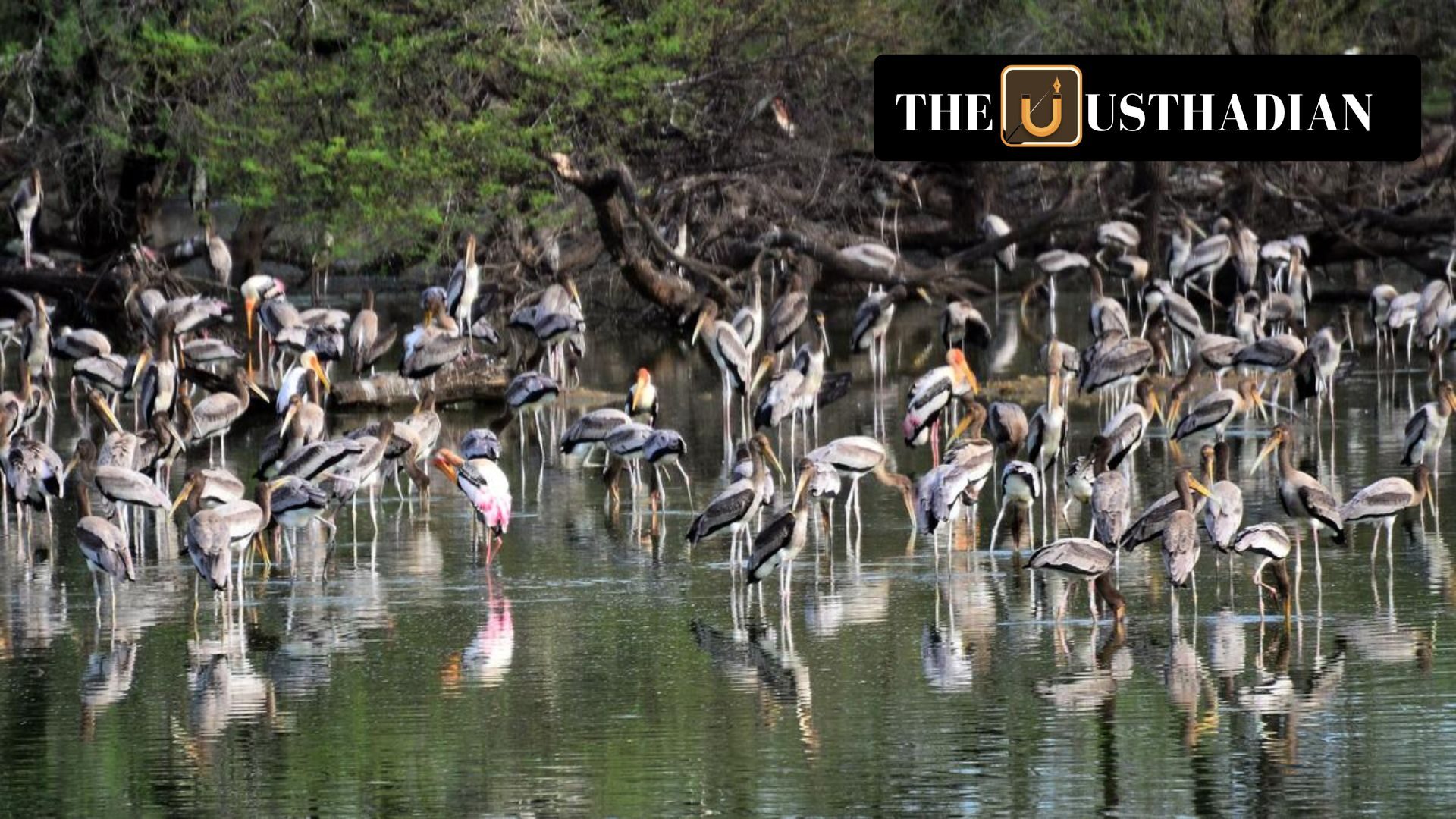Tamil Nadu Leads Once Again in Wetland Conservation
Tamil Nadu Adds Two More Ramsar Sites, Retains National Lead in Wetland Conservation: In a proud moment for environmental conservation, Tamil Nadu has added two more wetlands — Sakkarakottai and Therthangal bird sanctuaries — to its growing list of Ramsar sites. Located in the Ramanathapuram district, these sites have now joined the ranks of globally recognised wetlands. This recent development cements Tamil Nadu’s position as the state with the highest number of Ramsar sites in India, with a total of 20 sites, far ahead of Uttar Pradesh, which has 10.
What Does Ramsar Status Mean?
The Ramsar designation is not just a title—it signifies international recognition of a wetland’s ecological importance. Named after the Iranian city of Ramsar where the convention was signed in 1971, this treaty seeks to promote the conservation and sustainable use of wetlands. Wetlands covered under Ramsar include marshes, lakes, peatlands, mangroves, rivers, and even coral reefs. The aim is to strike a balance between protecting biodiversity and allowing local communities to benefit from these ecosystems.
Importance of Sakkarakottai and Therthangal Bird Sanctuaries
These newly designated sanctuaries are located in Ramanathapuram, which already hosts Chitrangudi and Kanjirankulam Ramsar wetlands. The area is a vital habitat for migratory birds and native species, making it a biodiversity hotspot. With the Ramsar status, these sanctuaries can now attract international conservation funding, research support, and better protection policies.
Their announcement comes just ahead of World Wetlands Day, and was shared by the Union Minister of Environment, Forest and Climate Change via social media platform X. Along with Tamil Nadu’s two sites, the government also announced Khecheopalri Wetland in Sikkim and Udhwa Lake in Jharkhand, taking India’s total Ramsar site count to 89.
Ramsar Journey of Tamil Nadu: A Timeline of Eco-Leadership
Tamil Nadu’s first Ramsar site was Point Calimere Wildlife and Bird Sanctuary, declared in 2002. Since then, the state has shown a consistent commitment to wetland protection. In 2024, it added Kazhuveli Wetland in Villupuram and Nanjarayan Bird Sanctuary in Tiruppur. This steady rise reflects strong state policies, local conservation initiatives, and global collaboration in preserving delicate habitats that support bird life, water regulation, and climate stability.
A Model for Other States
The Ramsar recognition has brought Tamil Nadu’s wetland management into the national spotlight. Its success is not just about numbers, but about the strategic management of water bodies that protect both biodiversity and livelihoods. These sanctuaries also offer eco-tourism opportunities and educational value for students, researchers, and nature lovers.
Static GK Snapshot: Tamil Nadu & Ramsar Sites
| Fact | Details |
| Total Ramsar Sites in Tamil Nadu | 20 (as of 2025) |
| Latest Additions | Sakkarakottai & Therthangal Bird Sanctuaries |
| District of New Sites | Ramanathapuram |
| First Ramsar Site in Tamil Nadu | Point Calimere Wildlife and Bird Sanctuary (2002) |
| Total Ramsar Sites in India | 89 (2025 update) |
| Ramsar Convention Signed | 1971, Ramsar, Iran |








